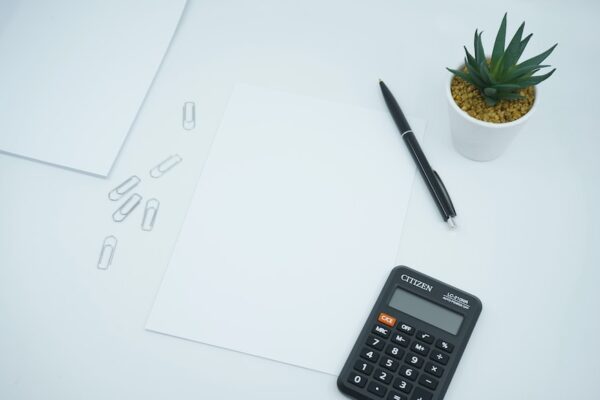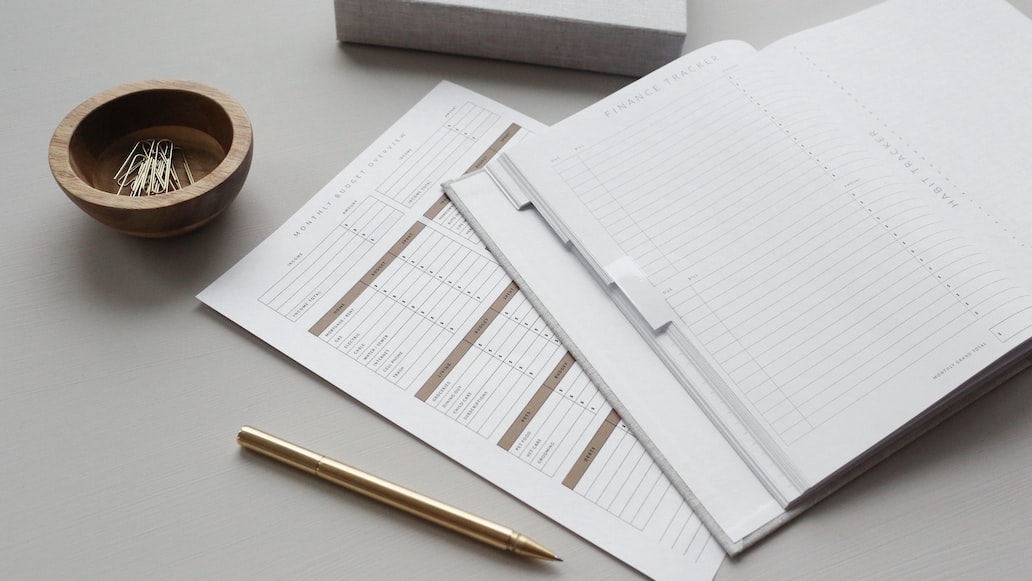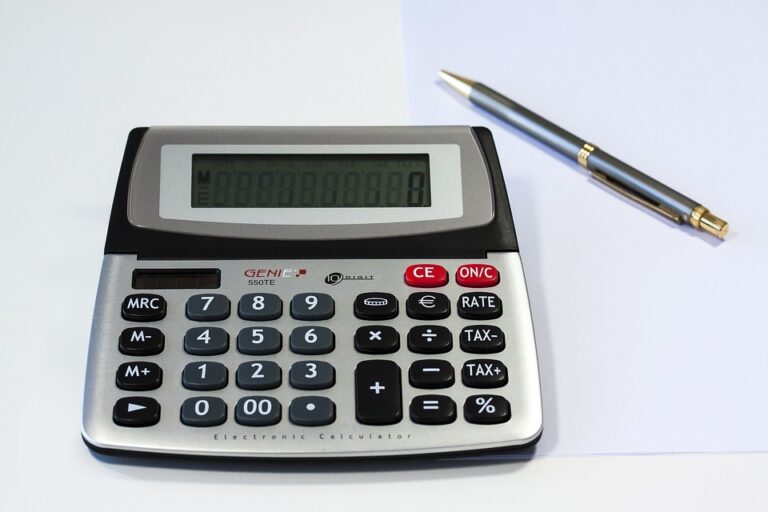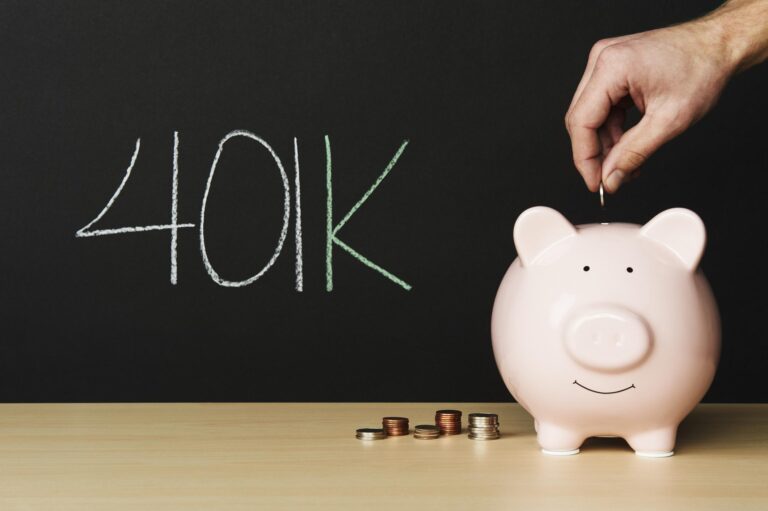Last updated Mar. 12, 2023 by Peter Jakes
Budgeting is one of the best financial habits one can practice. To succeed with a good budget, it must be carefully and well-planned, realistic, flexible, and accurately represented. However, it can be difficult to get it right, especially when you are on a tight budget or have very little knowledge of this area.
By not planning your budget well, you risk failing to achieve your goals and losing interest in the whole process. So, it’s essential to study and implement the best budgeting strategies. Therefore, we have provided a step-by-step guide on how to create a budget that works.
What Does A Working Budget Entail?
Essentially, a budget is a concise financial document or an action plan carefully prepared to project future income and expenses. It outlines an organization or individual’s financial and operational goals for a particular period. A successful budget typically takes into account similar basic categories or characteristics.
In addition, a good budget ensures you do not spend more than your yearly income and allows you to prepare for upcoming expenses while saving for the future. Similarly, a working budget takes into account all your financial goals and enables you to achieve them. With this, you can take full control of the amount you spend, thereby minimizing the chances of financial crises.
The following are the common features of a good budget:
- Must be Realistic
- Every section should be adequately represented.
- It sets your spending and saving limits.
- It includes savings, retirement savings, and investing categories focused on building your wealth for the long term.
- It should consider unexpected expenses (emergency funds) such as job loss, house or car repairs, or high medical bills.
- Each budget includes a list of your monthly expenses that covers your necessities.
- Features a list of your wants, such as entertainment costs, cable televisions, and gym memberships.
How To Create A Working Budget
As mentioned earlier, a good budget should be adequately and well prepared. To achieve this, you’ll need to follow some logical steps. Here are the steps to organize an effective budget.
Step 1: Gather Info On Your Financial Statement
Before digging into personal budgeting, you need to collect and organize your financial information. You can get most of this information by logging into your bank account or looking at your bills and paper statements. If you can, gather 12 months of records. However, if you cannot find records going back that far, then get what you can.
Doing this will help you understand your finances, net worth, and the way forward. And with this information, you can prepare a realistic budget – one that can be achieved based on your financial strength. You can also contact your bank to see if they can provide financial statements of all your withdrawals and spending.
If you’re a 9 to 6er, your salary is one crucial income stream to take down. However, don’t just stop there. List EVERYWHERE you’ve gotten money from in the past few months – sold properties, side business, monthly cash from friends and family, etc. However, if you earn only from your monthly salary, then it’s okay; state just that.
Step 2: Organize Your Budget On a Spreadsheet or Budgeting App
Being organized is vital to creating a workable budget. Therefore, it is crucial to present every detail of your budget clearly, concisely, and easily comprehended. When this is achieved, you can easily track, monitor and follow every detail captured.
However, keeping your budget organized can be a bit tasking. So to simplify the process, you can use a spreadsheet or an app for budgeting. Using this will ensure you don’t miss any step, and all the data will be clearly represented and accurately calculated to avoid any issues.
It’s advisable not to use the traditional pen and paper method to write your budget. For one, you can misplace it or get it soiled. There is also a possibility that you may get the organization or calculations wrong, which can affect your goals.
Apps like Mint, PocketGuard, Empower, Zeta, and YNAB are great for budgeting. Aside from helping you plan your budget, these apps can help track your net worth, save your money, invest, and offer professional advice on managing your income. All you need do is download one of the apps, sign in, and start using its budgeting features.
Step 3: Determine Your Estimated Expenses
The next and most important step of creating a working budget is presenting the list of items and the estimated amount to be contained in the budget. Start by putting together a list of your expected expenses. You can include common expenses like utility bills (such as water, electricity, and gas), groceries, internet, cable, monthly streaming subscriptions, loan payments (such as auto and personal), etc.
It’s also a good idea to include details on the amount you intend to save each month, whether it goes into a personal retirement account, such as a Roth IRA, or traditional or high-yield savings accounts. To make it easier, try labeling your list of fixed and variable expenses.
Fixed expenses are expenses you can’t avoid, such as rent, utilities, insurance, transportation, food, and debt repayment. On the other hand, variable expenses are relatively more flexible, like your gym membership, for instance, or the amount you spend on dining out. However, you can consider dropping your variable expenses if your budget is tight.
Now that you’ve separated fixed and variable expenses, you can determine how much you’ll spend on each expense. Ensure you check receipts or call to confirm that every amount is tallied for accuracy. Then carefully put the amount in every section, calculate and recalculate to confirm.
Step 4: Make Adjustments (If Necessary)
Now that you know the total amount of your budget, you can determine if your monthly payment can fit the budget. In the case where your budget is above your pay grade, it’s essential to make adjustments. You wouldn’t want to go broke to fund your budget; this automatically defeats the aim of the financial independence you seek.
So you can reevaluate the amount you budgeted on groceries, household items, streaming subscriptions, and other flexible or variable costs. Though it can be difficult to do away with certain items, you should do so to avoid debt. You can either reduce the number of items on a particular product or eliminate it.
On the flip side, if you have more income leftover from the list, you can increase certain items of your budget. Ideally, it’s best to use the extra money to add to your savings, especially if you don’t have an emergency fund. Besides, you could use the money on non-essential things like traveling or dining out.

Step 5: Stick To Your Budget
Now that you’ve prepared your budget, you can also implement it. And in implementing your budget, it’s important that you try to stick to it and never deviate from spending a penny outside the budget. Similarly, avoid impulse buying as much as possible, as it will affect your budget.
So if you find yourself wanting to buy something not contained in your budget, learn to say “no!” and always comfort yourself with your dream to achieve financial freedom. On the other hand, deviating from your budget can cause you not to fulfill your plan for the month and may even drive you to withdraw from your savings or borrow to fill in the missing figures.
Frequently Asked Questions Related Budgeting.
What Are The 5 Steps To Creating A Budget?
The five steps to creating a budget are:
- Know your financial statements.
- List monthly expenses.
- Determine the average costs for each expense.
- Make adjustments.
- Stick to your budget.
These five steps are proven to make a personal budget effective. Besides, it makes up for a healthy financial lifestyle.
What Is The 50-30-20 Rule Of Money?
The 50-30-20 rule is a common way of allocating the spending categories in your budget. The rule suggests 50% of your after-tax income should go toward necessities, 30% toward the things you don’t need—but make your life a little better—and 20% toward paying down debt and/or adding to your savings.
What Are The Four Components To A Personal Budget?
The four elements needed to create a budget that actually works include budget income, variable expenses, fixed expenses, and emergency expenses. Those things are essential; most financial experts will advise you to incorporate them into your monthly budget.
How Do I Stick To A Budget?
Sticking to a budget requires a high level of determination. In addition, you need motivation and inspiration — and sometimes a lot of it. Using tools like “You Need a Budget” can give you the motivation you desire. Moreover, most users have testified that it made them feel they have more control over their finances.
What Should Be On A Personal Budget?
Categories to include on a personal budget include housing, groceries, utilities, and transportation. For a personal budget, most people tend to reduce debt like loans and credit cards, while others emphasize saving for retirement or emergency funds.
What are all 5 steps to creating an effective budget?
To create an effective budget, understand your real income. This is the first step to take when creating a budget.
Next, calculate your cost and expenditures. Decide on a budget, set goals and change your spending behavior.
What does a budget include?
An effective budget must include and highlight your income and expenditures. This is the basis for any budget.
An estimate of the amount of money you’ll earn and spend in a specific period must be described in a budget.
How does MyBudget work?
MyBudget is a planning and payment software that enables you to plot the course of your financial life.
This app provides solutions that automate your payments, savings, and financial goals. It performs and manages all its activities in a single effective platform to ensure that you stay on track with your budget.
What is the budget for kids?
A budget for kids is a simple three-column sheet with the phrases “goal, savings, and expense”. It contains the date for the attainment of a goal, the expenses to be made, and saving plans.







